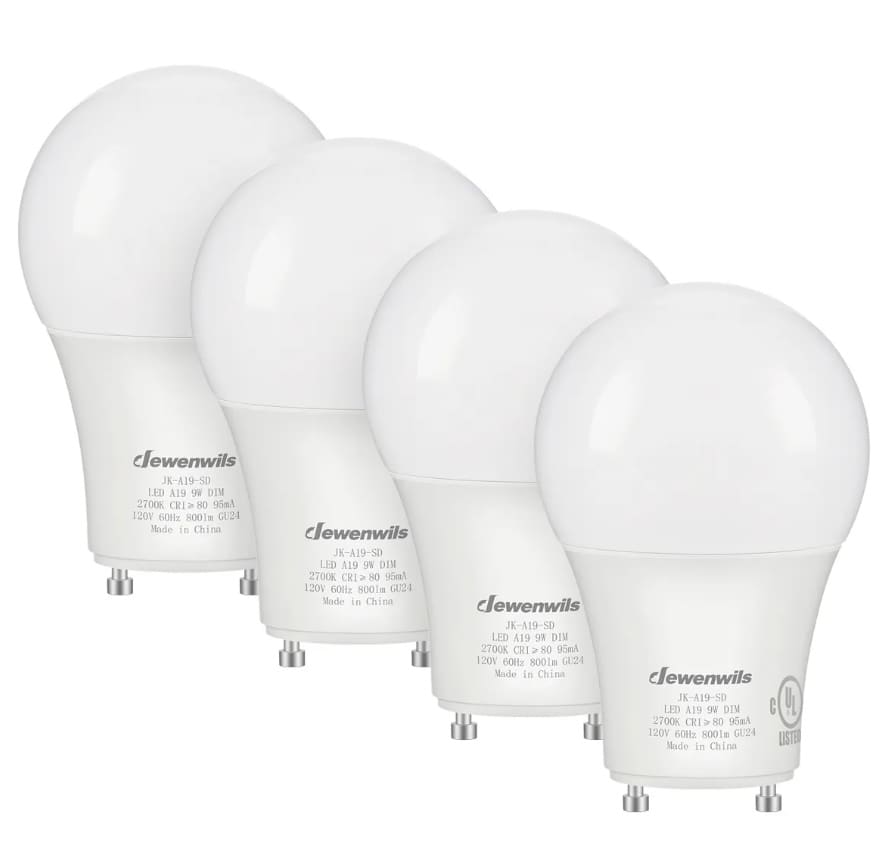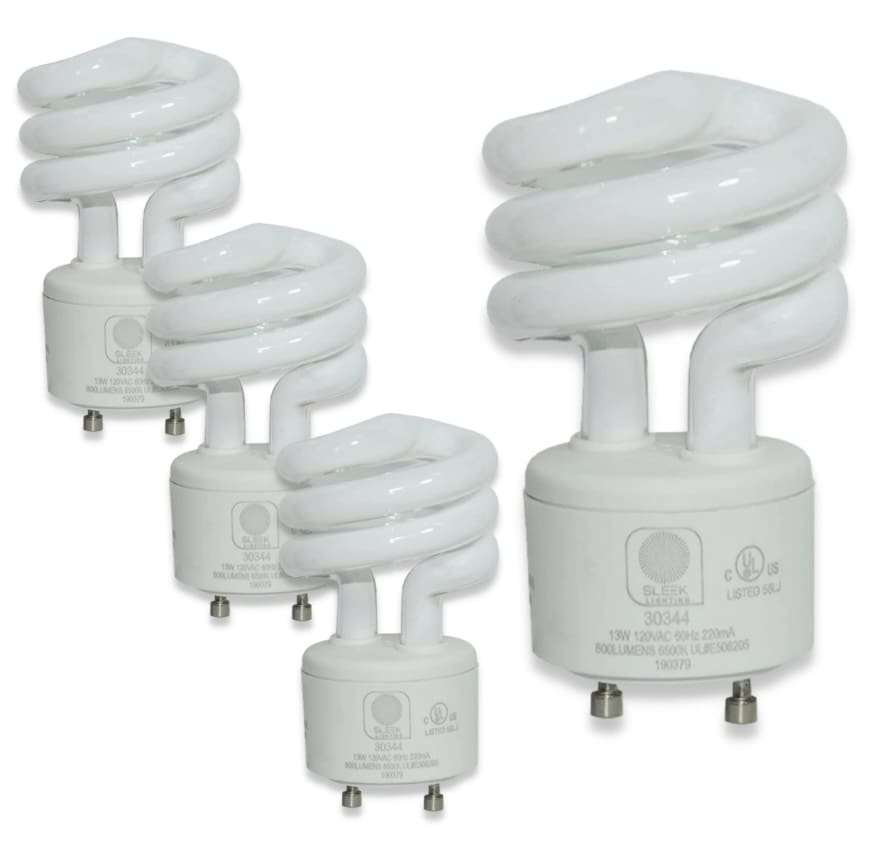In the diverse world of illumination, pronged light bulbs have evolved to be a feature of interest for many. These uniquely designed bulbs, quite different from your traditional screw-in types, have garnered attention due to their technologically advanced features and practical effectiveness.
This discourse plunges into the complexities of pronged light bulbs, breaking down the scientific and technological aspects that define their functionality, performance benefits, and possible drawbacks. By thoroughly examining the mechanics, we aim to equip the reader with a comprehensive understanding of these devices, their evolving relevance in the consumer market, and their potential impact on future lighting solutions.
Table of Contents
- The Science Behind Pronged Light Bulbs
- Benefits And Drawbacks Of Pronged Light Bulbs
- The Changing Market Landscape for Pronged Light Bulbs
- Pronged Light Bulbs in the Future
- Related Content
The Science Behind Pronged Light Bulbs
Welcome, fellow tech enthusiasts! Here’s diving straight into some exciting tech we use daily but often overlooked – the humble light bulb.
Light bulbs have come a long way since Thomas Edison’s incandescent models. Today, we’ve got LED, CFLs, and smart bulbs that can operate on voice commands or even change color to suit your mood. Go a bit further and enter the realm of the fascinating pronged light bulbs. And just what technology drives these unique fixtures? Let’s delve right in!
Pronged bulbs, commonly known as compact fluorescent lamps (CFLs) and light-emitting diodes (LEDs), brought a revolutionary change in lighting technology. Powered by a ‘driver,’ these types deliver an electrical charge to activate the bulb. The driver operates like a small engine located in the bulb’s base.
The prongs plug into the driver in CFLs, ensuring a solid electrical connection. It controls the current through the bulb, providing the exact voltage required to ignite the lamp. Once ignited, the electrodes in the bulb energize the mercury vapor inside the tube, producing UV light. The phosphorous coating on the inside of the bulb then transforms UV light into visible light.
However, the real game-changer arrived with LED technology. The driver transfers the charge to multiple diodes mounted on a heat sink in LED-pronged bulbs. These diodes, also known as chips, emit light when charged. The heat sink then absorbs the heat generated, enhancing the bulb’s lifespan.
This technology outshines its predecessors, boasting energy efficiency and longevity. LED pronged bulbs are easily recyclable, making them an environmentally friendly choice, unlike their CFL counterparts.
But technology never stands still, right? Innovations continue to flood in, propelling lighting tech forward. Smart pronged bulbs offer the latest in this evolution. These high-tech upgrades can tune in with home automation systems, voice assistants, or your smartphone to remotely control brightness, on/off timings, or color.
So there you have it! Pronged light bulbs, small yet significant, harnessing intricate technology to light our everyday lives. Now, isn’t that something to rave about? Remember, it might not always be the technology that gets your adrenaline racing, but these little things make giant leaps in our tech-driven lives.

Benefits And Drawbacks Of Pronged Light Bulbs
Now, let’s dig deeper into the advantages and disadvantages of using pronged light bulbs.
On the positive side, pronged light bulbs, also known as pronged LEDs, offer many benefits. Often favored for their longevity, pronged LEDs can outlast traditional bulbs by hundreds of hours. This translates to significant savings on both electricity and replacement costs.
For tech lovers, this fact alone makes them a relevant and cost-efficient choice. If you want to make your home or business tech-savvy, these bulbs allow for seamless integration with smart home systems. They’re making the era of automated lighting a reality for us all.
But here’s the clincher- these bulbs have advanced heat management systems. Traditional bulbs generate more heat, but pronged LEDs dissipate it through a heat sink, reducing the risk of fire hazards and extending bulb life. They’re also lauded for their versatility. If you’re looking to light compact areas or need bulbs for specialized equipment, these could be your best bet based purely on utility.
Now, let’s talk about the potential drawbacks of pronged LEDs. Like anything, they’re not without their flaws. The primary downside is the initial cost. Sure, they last longer, but the upfront price of these bulbs tends to be higher than their traditional counterparts. It can mean a more significant investment at the outset, but remember that this cost is recouped over time through lower utility bills.
A different, often overlooked, downside is the required compatibility with specific light fixtures. This can result in additional expenses if retrofitting is necessary. While the enhanced heat dispersion in these bulbs is a clear advantage, it’s worth noting that an overly hot environment can, over time, reduce their lifespan.
Lastly, though their recyclability fares better, much like regular LEDs, the presence of semiconductor materials in pronged LEDs means they aren’t as environmentally friendly as we’d all like in an ideal world.
Given the pros and cons, the choice weighs heavily on individual needs, budget, and the quest for automation. For tech enthusiasts, the leap to pronged LEDs aligns perfectly with their passion for innovative solutions that push the boundaries, enhancing life quality and effectiveness. However, mainstream acceptance and adoption may hinge on price drops and a more refined recycling process.
In the end, as always in technology, the best decision is an informed decision. Understanding the ins and outs of pronged light bulbs—like any other tech product—is critical to ensuring you get the right tech for your needs. Happy lighting!

The Changing Market Landscape for Pronged Light Bulbs
With the introduction and evolution of light bulb technologies from incandescent to LEDs and CFLs, the landscape of the bulb market has dramatically transformed. Among these innovations is the emergence of intelligent pronged bulbs, which offer users various advanced features and benefits.
But, advancements in technology also bring about their own set of challenges. In this article, we’ll delve deeper into the pros and cons of pronged bulbs and identify factors to consider when deciding whether pronged LEDs fit you.
One of the prominent advantages of pronged bulbs, mainly pronged LEDs, is their longevity.
LEDs outlast traditional incandescent bulbs substantially, often lasting more than 15 times longer. This longevity translates into tangible cost savings over time as it reduces replacement frequency.
Pronged bulbs offer seamless integration with smart home systems. They can be programmed to turn on or off, dim or brighten, or even change their light color, all through a smartphone.
They are a prime example of how the Internet of Things revolutionizes our lives.
Advanced heat management systems are another key feature of pronged LEDs.
Traditional bulbs lose a lot of energy in the form of heat. However, pronged LEDs have heat sinks that draw excess heat away from the diode, ensuring improved energy efficiency and extended lifespan.
Pronged bulbs also offer versatile lighting solutions that are well-suited for compact areas or specialized equipment where the space for a standard bulb may be limited.
While pronged bulbs offer enhanced functionality and versatility, they also have disadvantages.
Pronged LEDs have higher initial costs than standard bulbs, which may be a barrier to some users. Moreover, they require compatibility with specific light fixtures, which can limit their deployment in some environments.
Additionally, while they have a cooling mechanism, pronged LEDs can reduce lifespan in overly hot environments if not properly managed.
Lastly, the environmental impact and recyclability of pronged LEDs is an ongoing issue, as safe disposal of these bulbs is problematic.
When deciding whether to use pronged LEDs, the trigger points are individual needs, budget, and a desire for automation that these innovative bulbs provide.
While the initial cost of these bulbs is high, upcoming price drops, coupled with improved recycling processes, are likely to mitigate these concerns.
In sum, the choice of lighting source should align with technological trends, personal needs, and environmental considerations.
Pronged LEDs are a promising addition to the lighting world, opening up innovative possibilities. As with any technology choice, making an informed, analytical decision is essential.
Pronged light bulbs are not just a commodity but a reflection of how technology continues revolutionizing even the seemingly mundane aspects of our daily lives.

Pronged Light Bulbs in the Future
Looking ahead in this fast-paced tech landscape where innovation is the new norm, pronged LEDs have been considered potential game changers in the lighting domain. Their promising features and widespread applications make them deserving candidates for being the front-runners in the race towards advanced lighting solutions.
But how will pronged LEDs fare in the future, especially as smart home technology becomes increasingly prevalent? Will they stand the test of time and be reliable fixtures in our future homes and workspaces, or will newer, potentially more efficient technologies overshadow them?
LEDs have already proven highly versatile, with applications ranging from smartphone screens to traffic lights. Pronged versions of these diodes offer the added benefit of better heat management, ensuring that the bulb’s performance and brightness don’t dwindle over time. This makes pronged LEDs viable and preferable for compact areas or specialized equipment where overheating is a concern.
As lighting technologies evolve and consumer needs become more complex, the demand for energy efficiency and smart home compatibility will only grow. Pronged LEDs’ impressive longevity and ability to smoothly integrate with smart home systems are a compelling choice.
However, for all their advantages, pronged LEDs are not without their shortcomings. The initial costs for pronged LEDs can be a deterrent for budget-conscious consumers.
Moreover, these specialized LEDs need compatible light fixtures, which could require additional expenses. Furthermore, their longevity can potentially take a hit in overly hot environments – a concern especially for cities grappling with ever-rising temperatures due to global warming.
Regarding environmental impact, while LEDs are generally more recyclable than CFLs, the recycling process can still be improved. As we gear towards a greener future, we should expect price drops and better recycling processes for LEDs that can further tip the scale in their favor.
Ultimately, in the constantly evolving world of technology, deciding whether or not to use pronged LEDs is no small task. It calls for a deep understanding of one’s needs, budget constraints, commitment towards environmental sustainability, and an unequivocal embracing of innovation.
However, the value that pronged LEDs bring to the table is undeniable. As tech enthusiasts and progressive consumers, we understand the possibilities of these lights.
They speak volumes about our digital future, portraying a world where automation and innovation make even the most mundane tasks more accessible. Pronged LEDs, in their subtle way, are a testament to this rapid technological advancement and its impact on our lives. It’s an exciting era, indeed!
With their unique traits and continuous evolution, pronged light bulbs hold a promising stand in the future of lighting technology. As we anticipate what’s to come, revisiting these fixtures’ benefits, drawbacks, and practical applications in the current scenario is pertinent.
Our discourse ventures through the intricacies of these devices, providing you with a broader scope of knowledge about their contributions to our lighting solutions and their prospective role in approaching technological advancements.
The essence of understanding this technology today becomes integral in preparing ourselves for the dawn of a sophisticated era of lighting in the future.
Related Content
What Is The Difference Between LED, CFL, And Incandescent Light Bulbs?
There can be a little bit of confusion about the difference between an LED or incandescent bulb and which light bulb is the most energy-efficient one to use.
You can discover more by reading What Is The Difference Between LED, CFL, and Incandescent Light Bulbs? by clicking here.
What Are The Standard Light Bulb Base Socket Types And Sizes?
It can get quite confusing when considering different types of light bulb socket bases. Many people get confused about the different numbers used for each light bulb base and their meanings.
You can discover more by reading our blog, What are the Standard Light Bulb Base Socket Types and Sizes? by clicking here.
Meaning Of The Incandescent Wattage Sticker On Your Lamp Socket
The incandescent wattage warning sticker on your lamp socket helps inform consumers what wattage lightbulb they can safely use for their lamp. The sticker also indicates that the lamp has been tested up to the UL or ETL standard for the amount of wattage listed.
You can discover more by reading our blog Meaning Of The Incandescent Wattage Sticker On Your Lamp Socket by clicking here.

